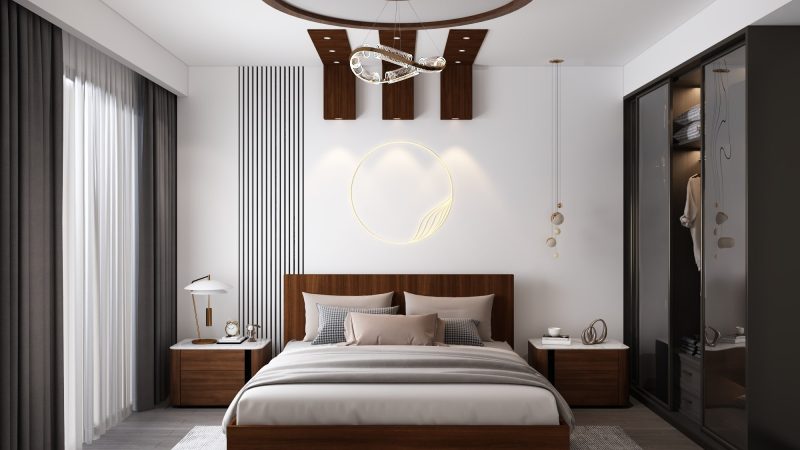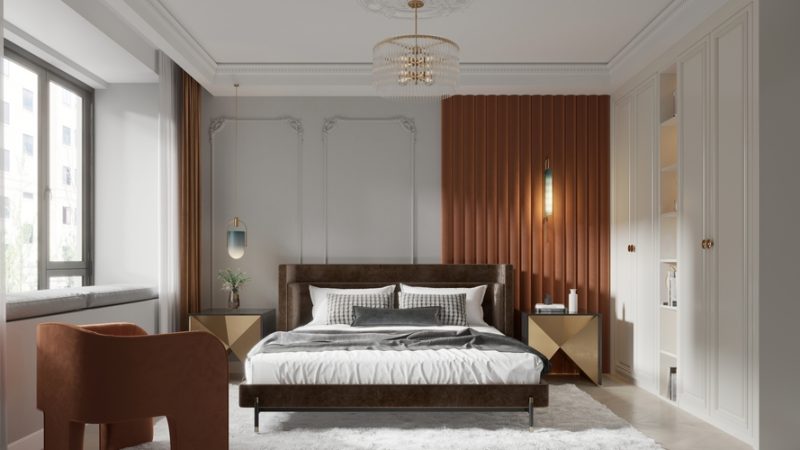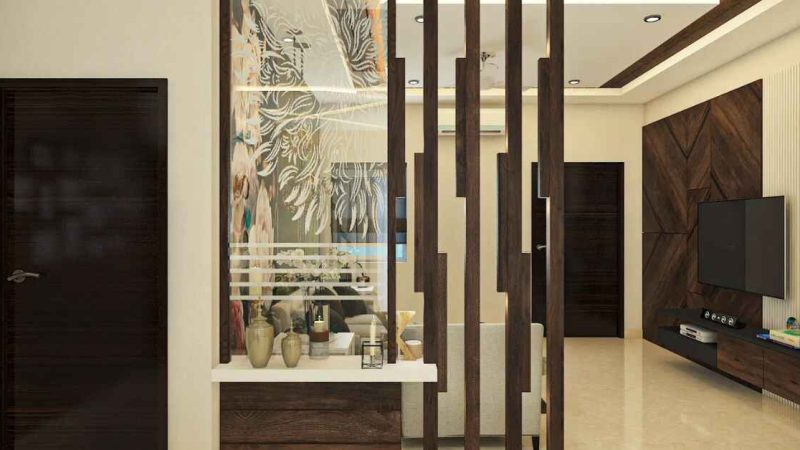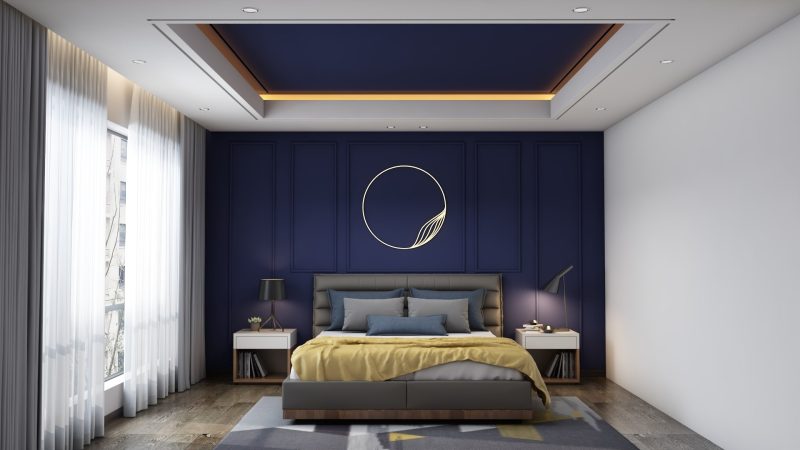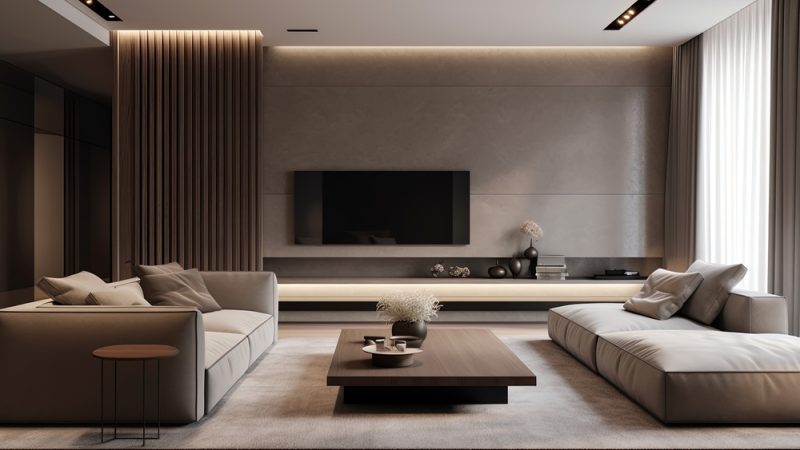What Exactly Is Interior Design, and Why Does It Matter?
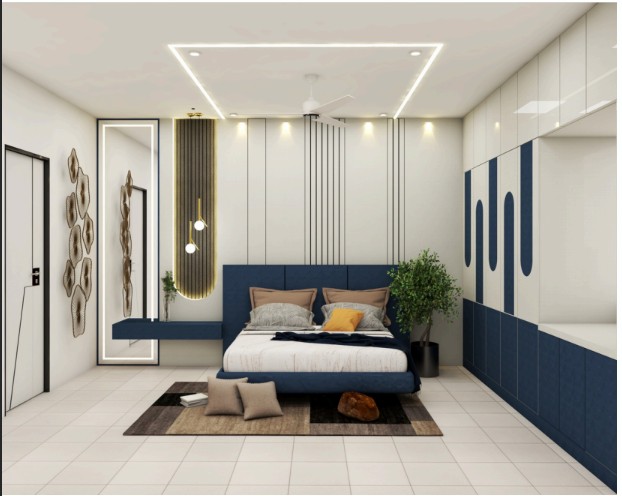
Designing a home that is both functional and beautiful can feel overwhelming. From choosing color schemes to furniture layouts, there’s a lot to consider. That’s where interior design comes in—an art and science that transforms ordinary spaces into stunning, practical homes.
In this Q&A guide, we answer the most common questions about interior design to help you make informed decisions, avoid costly mistakes, and create a space you’ll love.
Interior design goes beyond decoration. It’s about planning, organizing, and styling spaces to make them functional, comfortable, and visually appealing.
Here’s why it matters:
-
Functionality: Ensures your space meets your lifestyle needs.
-
Aesthetics: Creates harmony through colors, textures, and furniture choices.
-
Value Addition: Professionally designed interiors can boost property value.
Whether it’s your home or office, interior design improves how you live, work, and feel in that space.
Best Interior Designers in Hyderabad for Luxury Home Projects
How Do I Start My Interior Design Journey?
Starting is often the hardest part. Here’s a step-by-step approach:
-
Assess your needs: How do you use each room? Entertainment, work, relaxation?
-
Set a budget: Know what you can spend before hiring designers or buying furniture.
-
Gather inspiration: Pinterest, Instagram, and interior design blogs are great resources.
-
Measure your space: Accurate measurements prevent costly mistakes with furniture and layouts.
-
Consider professional help: Interior designers can save time, money, and stress by offering expert advice and 3D visualizations.
What Are the Latest Interior Design Trends?
Trends change every year, but here are the top ones right now:
-
Minimalism with Warmth: Clean lines paired with cozy textures and earthy colors.
-
Biophilic Design: Bringing nature indoors with plants, natural wood, and stone.
-
Sustainable Materials: Bamboo, reclaimed wood, and eco-friendly fabrics.
-
Smart Homes: Technology-driven interiors with automated lighting, curtains, and temperature control.
-
Multifunctional Spaces: Furniture and layouts that adapt to work-from-home needs.
Trends are great for inspiration, but choose only those that suit your lifestyle and budget.
What Color Schemes Work Best for Interiors?
Colors affect mood, perception, and even productivity. Here are popular choices:
-
Neutrals: Whites, greys, and beiges create a calm, timeless look.
-
Earth Tones: Olive greens, browns, and terracottas add warmth and comfort.
-
Accent Colors: Navy, mustard, or emerald on one wall for drama and contrast.
-
Monochrome: Different shades of the same color for a minimalist look.
Tip: Lighter colors make small rooms feel bigger, while darker tones add coziness to large spaces.
How Do I Choose the Right Furniture for My Home?
The right furniture balances comfort, style, and function. Consider these points:
-
Scale and Proportion: Oversized sofas overwhelm small rooms; choose furniture that fits your space.
-
Functionality: Storage beds, extendable dining tables, and modular sofas maximize utility.
-
Style Consistency: Keep a theme—modern, rustic, or traditional—to maintain visual harmony.
-
Quality over Quantity: Fewer, well-made pieces are better than cluttered, cheap furniture.
Pro tip: Always measure doorways before buying big furniture to avoid delivery day disasters.
How Important Is Lighting in Interior Design?
Lighting transforms spaces. The right lighting enhances colors, creates moods, and improves functionality.
-
Ambient Lighting: General lighting like ceiling lights or chandeliers.
-
Task Lighting: Desk lamps, reading lights, or under-cabinet lights in kitchens.
-
Accent Lighting: Spotlights or wall sconces to highlight art, shelves, or textured walls.
-
Natural Light: Maximize windows and skylights for energy savings and a healthy atmosphere.
Layering these lighting types creates depth and interest in any room.
How Do I Design Small Spaces Effectively?
Small spaces require smart design to avoid feeling cramped:
-
Use light colors for walls and furniture to create openness.
-
Choose multi-purpose furniture like sofa beds or nesting tables.
-
Add mirrors to reflect light and make rooms appear larger.
-
Keep clutter minimal with built-in storage or floating shelves.
The goal is functionality without sacrificing style.
Luxury Interior Design Ideas for High-End Homes in Hyderabad
Should I Hire a Professional Interior Designer?
It depends on your project scope and budget. Professional designers bring:
-
Expertise: Years of experience in layouts, colors, and materials.
-
Resources: Access to suppliers, contractors, and exclusive products.
-
3D Visualizations: Helps you see the final look before work begins.
-
Project Management: Saves you time coordinating workers, deliveries, and installations.
For small DIY updates, you may not need one, but for full home makeovers, professionals are worth the investment.
What Are Some Common Interior Design Mistakes to Avoid?
Even beautiful designs can fail if these mistakes happen:
-
Ignoring Natural Light: Heavy curtains or dark paints can make rooms feel dull.
-
Overcrowding Furniture: Less is more; allow breathing space.
-
Random Themes: Mixing too many styles creates chaos.
-
Wrong Rug Sizes: A tiny rug in a big room looks awkward—go bigger.
-
Poor Lighting Layers: One overhead bulb won’t create ambiance.
Fixing these mistakes later costs time and money, so plan ahead.
How Do I Add a Personal Touch to My Interiors?
Your home should reflect you. Try these ideas:
-
Display family photos or travel souvenirs.
-
Use custom wall art or murals for one-of-a-kind pieces.
-
Incorporate handmade crafts or DIY furniture.
-
Add bookshelves, plants, or statement lighting for personality.
Personal touches make a house feel like a home, not just a showroom.
What’s the Best Way to Budget for Interior Design?
Budgeting prevents overspending and ensures smooth planning:
-
List must-have items like furniture, flooring, and lighting.
-
Allocate funds by priority—living room and kitchen usually cost more than bedrooms.
-
Keep 10–15% aside for unexpected costs like repairs or upgrades.
-
Compare quotes from multiple vendors before finalizing.
Online budget calculators can help you estimate costs accurately.
How Can I Maintain My Interiors After Designing?
Beautiful interiors need care to stay fresh:
-
Dust surfaces and vacuum carpets weekly.
-
Polish wood furniture every few months.
-
Check lighting fixtures and plumbing regularly.
-
Rearrange decor items occasionally for a new look without extra cost.
Simple maintenance keeps your space looking brand new for years.
Conclusion: Start Designing Your Dream Space Today
Interior design is more than a visual upgrade—it’s about creating a space that’s functional, comfortable, and uniquely yours. From picking the right colors to layering lighting and avoiding common mistakes, every decision matters.
Whether you DIY or hire professionals, start with one room, one change at a time. Your dream home is just a design decision away.


